-
-62%
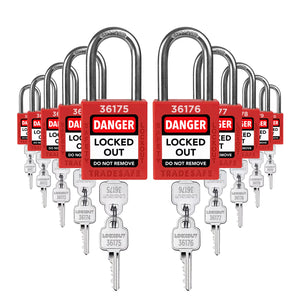
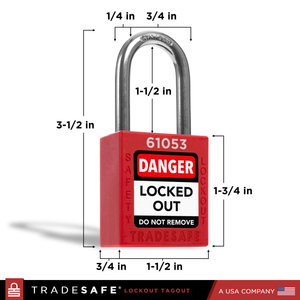
Keyed Different Lockout Locks - 10 Red Padlocks - 2 Keys Per Lock
Regular price $59.95Regular price$159.00-62%Sale price $59.95 -
-62%
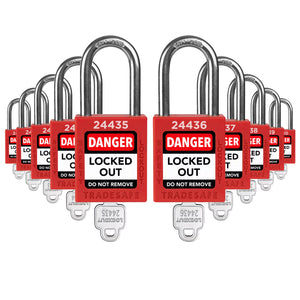
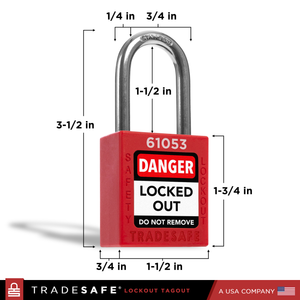
Keyed Different Lockout Locks - 10 Red Padlocks - 1 Key Per Lock
Regular price $59.95Regular price$159.00-62%Sale price $59.95 -
-34%
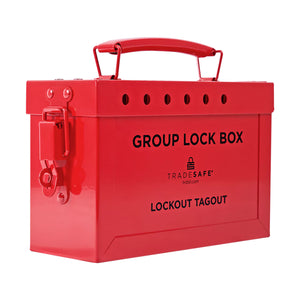
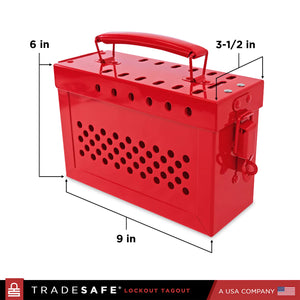
Portable Group Lockout Box
Regular price $39.50Regular price$60.00-34%Sale price $39.50 -
-38%

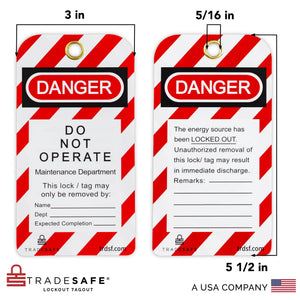
Lockout Tagout Danger Tags – Pack of 30
Regular price $36.95Regular price$60.00-38%Sale price $36.95 -
-42%
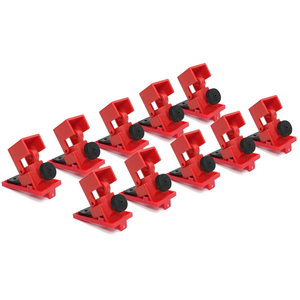
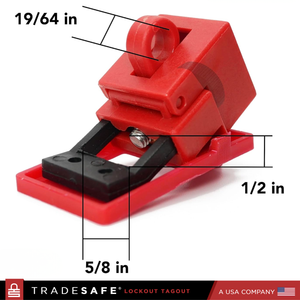
Clamp-on Circuit Breaker Lockout Device – 120/277 Volt – 10 Pack
Regular price $69.95Regular price$120.00-42%Sale price $69.95 -
-50%
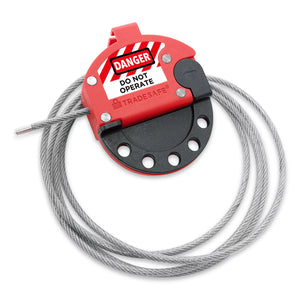
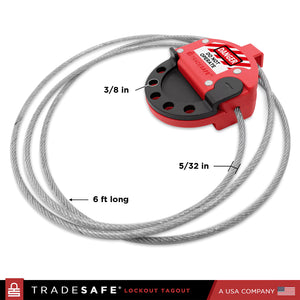
Adjustable Cable Lock Out Device - 6ft
Regular price $17.98Regular price$36.00-50%Sale price $17.98 -
-47%
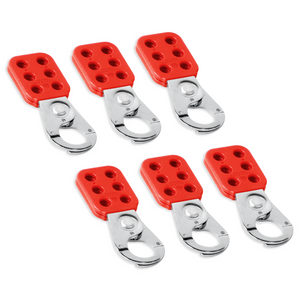
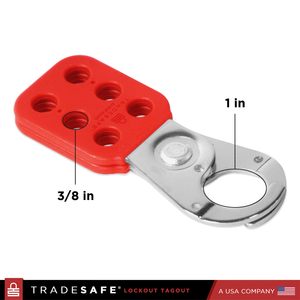
Lockout Tagout Hasp – Nylon and Steel, 1" Jaw Diameter, 6 Pack
Regular price $35.95Regular price$68.00-47%Sale price $35.95 -
-53%
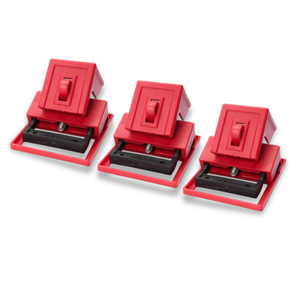
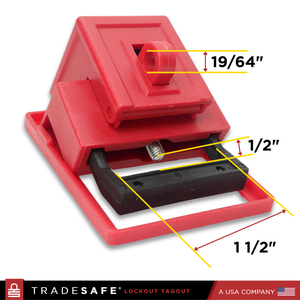
Clamp-on Circuit Breaker Lockout Device – 480/600 Volt – 3 Pack
Regular price $27.95Regular price$60.00-53%Sale price $27.95 -
-54%
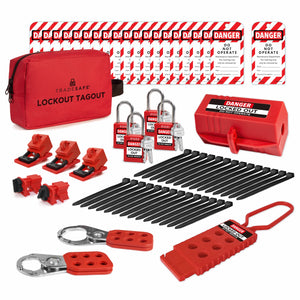
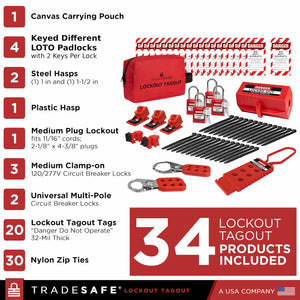
Electrical Lockout Tagout Kit – 2 Keys Per Lock
Regular price $68.95Regular price$149.00-54%Sale price $68.95 -
-38%
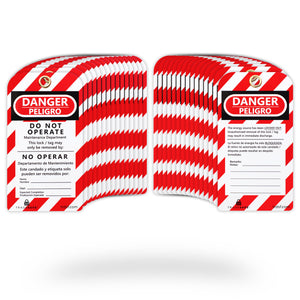
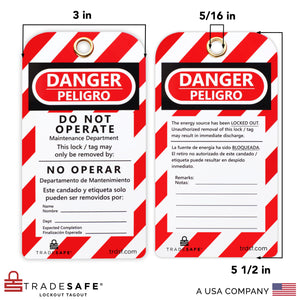
Bilingual Lockout Tagout Danger Tags – Pack of 30
Regular price $36.95Regular price$60.00-38%Sale price $36.95 -
-62%
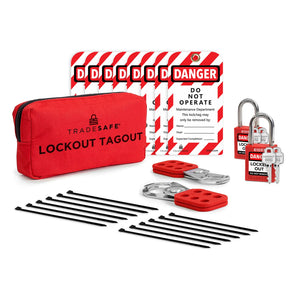
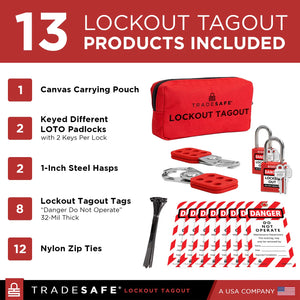
Personal Lockout Tagout Kit – 2 Keys Per Lock
Regular price $41.95Regular price$110.00-62%Sale price $41.95 -
-40%
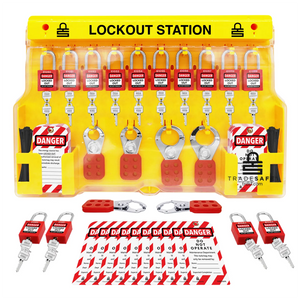
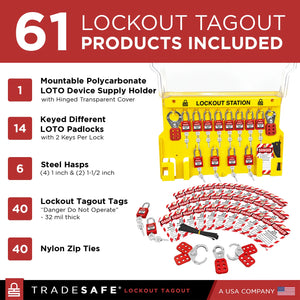
Lockout Tagout Station - XL
Regular price $199.99Regular price$335.00-40%Sale price $199.99 -
-62%
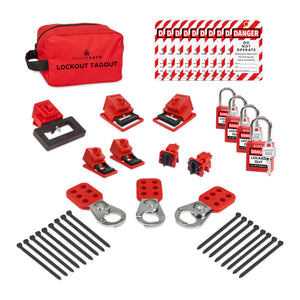
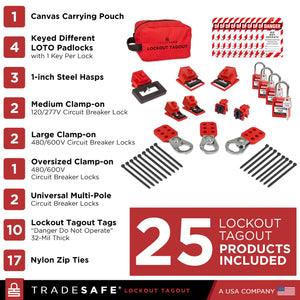
Complete Breaker Lockout Tagout Kit – 1 Key Per Lock
Regular price $79.90Regular price$209.00-62%Sale price $79.90 -
-62%
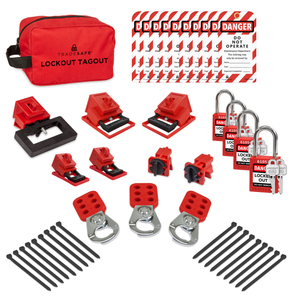
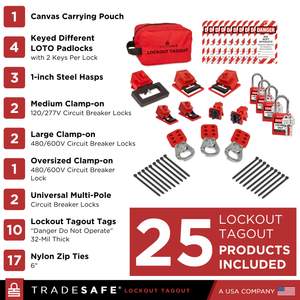
Complete Breaker Lockout Tagout Kit – 2 Keys Per Lock
Regular price $79.90Regular price$209.00-62%Sale price $79.90 -
-49%
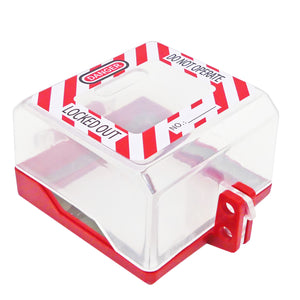
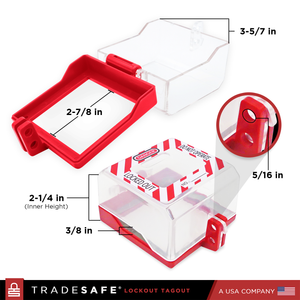
Push Button Lockout - Box Type - Large
Regular price $39.95Regular price$79.00-49%Sale price $39.95 -
-50%
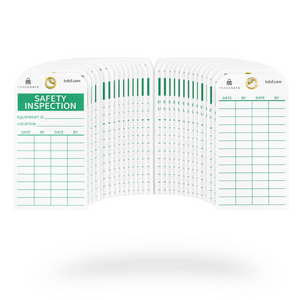
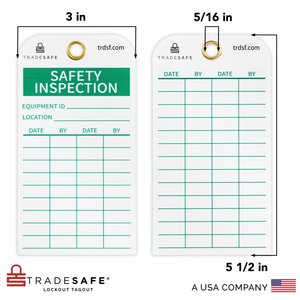
Safety Inspection Tags – Pack of 30
Regular price $29.95Regular price$60.00-50%Sale price $29.95 -
-50%
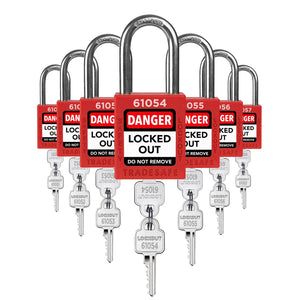
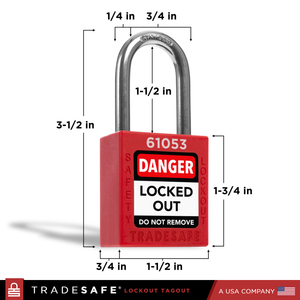
Keyed Different Lockout Locks - 7 Red Padlocks - 2 Keys Per Lock
Regular price $45.95Regular price$91.00-50%Sale price $45.95 -
-50%
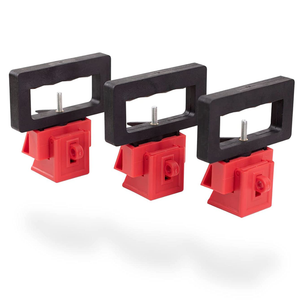
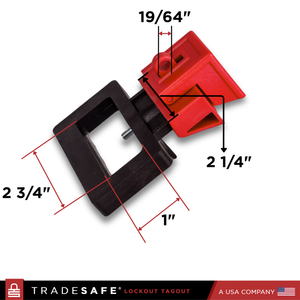
Clamp-on Circuit Breaker Lockout Device – Oversized 480/600 Volt – 3 Pack
Regular price $34.95Regular price$70.00-50%Sale price $34.95 -
-62%
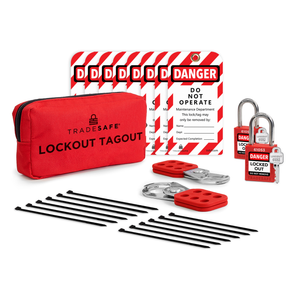
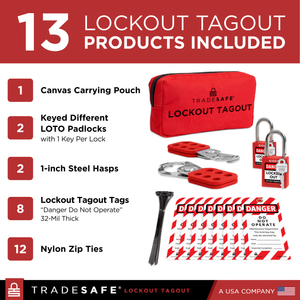
Personal Lockout Tagout Kit – 1 Key Per Lock
Regular price $41.95Regular price$110.00-62%Sale price $41.95 -
-36%
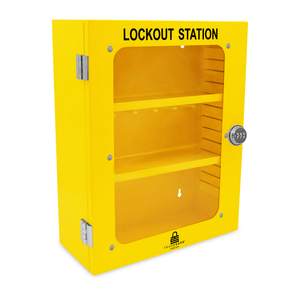
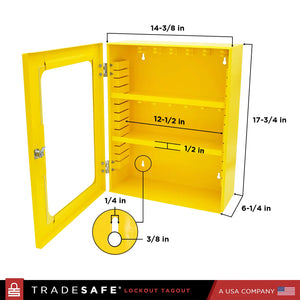
Lockout Tagout Cabinet - LOTO Devices Not Included - Large
Regular price $189.95Regular price$299.00-36%Sale price $189.95 -
-50%
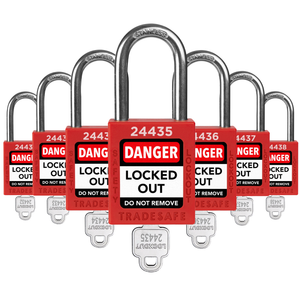
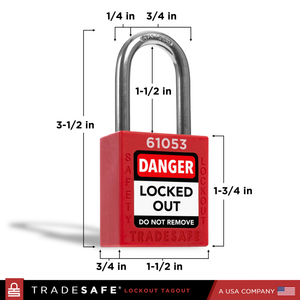
Keyed Different Lockout Locks - 7 Red Padlocks - 1 Key Per Lock
Regular price $45.95Regular price$91.00-50%Sale price $45.95 -
-56%
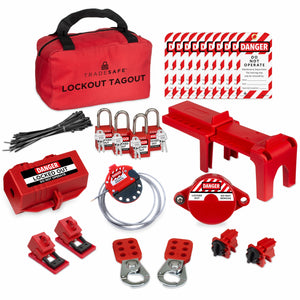
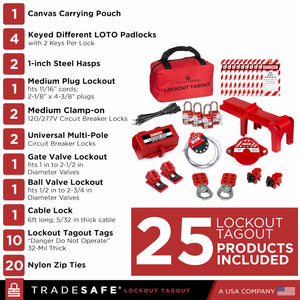
Professional Lockout Tagout Kit – 2 Keys Per Lock
Regular price $84.95Regular price$193.00-56%Sale price $84.95 -
-62%
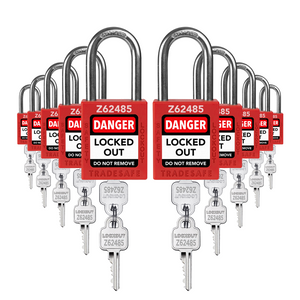
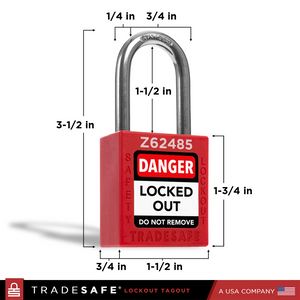
Keyed Alike Lockout Locks - 10 Red Padlocks - 2 Keys Per Lock
Regular price $59.95Regular price$159.00-62%Sale price $59.95 -
-54%
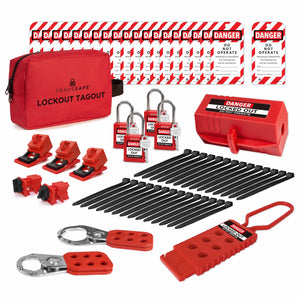
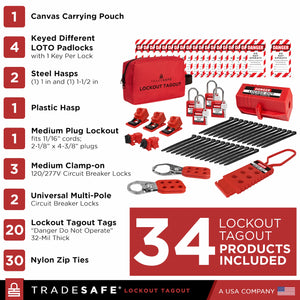
Electrical Lockout Tagout Kit – 1 Key Per Lock
Regular price $68.95Regular price$149.00-54%Sale price $68.95 -
-62%
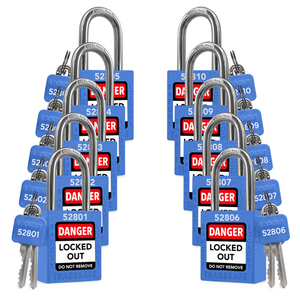
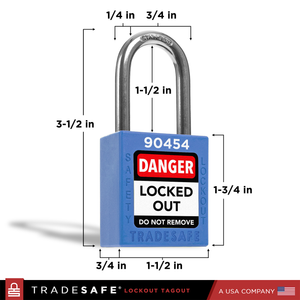
Keyed Different Lockout Locks - 10 Blue Padlocks - 2 Keys Per Lock
Regular price $59.95Regular price$159.00-62%Sale price $59.95 -
-49%
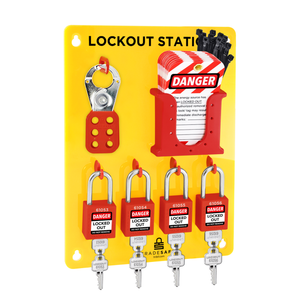
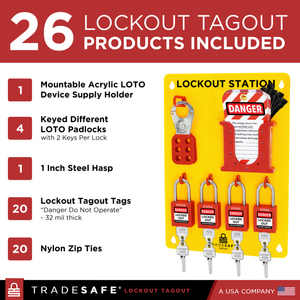
Lockout Tagout Station – Medium
Regular price $109.95Regular price$215.00-49%Sale price $109.95 -
-62%


Keyed Different Lockout Locks - 10 Yellow Padlocks - 2 Keys Per Lock
Regular price $59.95Regular price$159.00-62%Sale price $59.95 -
-37%
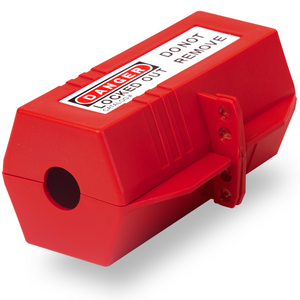
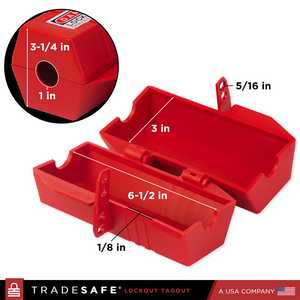
Plug Lockout Device - 220V - Large
Regular price $18.95Regular price$29.95-37%Sale price $18.95 -
-42%
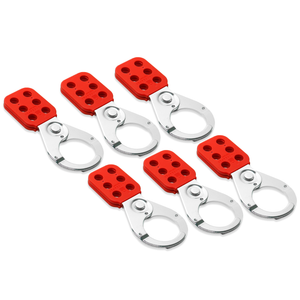
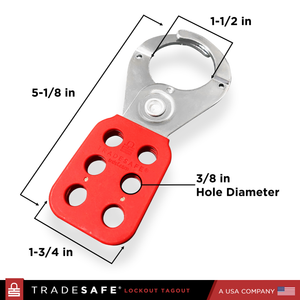
Lockout Tagout Hasp – Nylon and Steel, 1-1/2" Jaw Diameter, 6 Pack
Regular price $45.95Regular price$79.00-42%Sale price $45.95 -
-62%
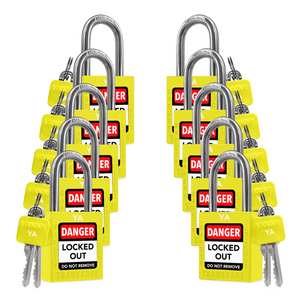
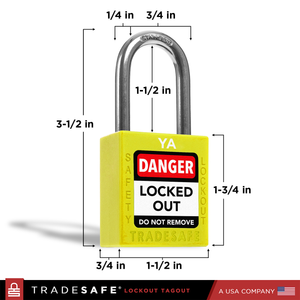
Keyed Alike Unlimited Lockout Locks - 10 Yellow Padlocks - 2 Keys Per Lock
Regular price $59.95Regular price$159.00-62%Sale price $59.95 -
-16%
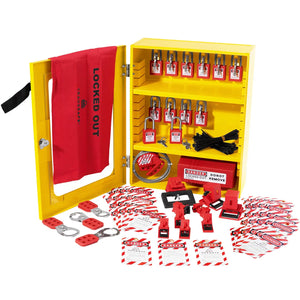
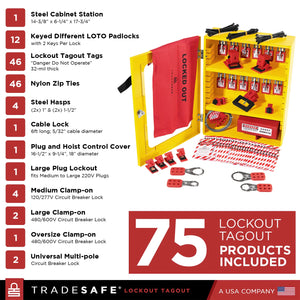
Lockout Tagout Cabinet - 75 Devices
Regular price $420.95Regular price$499.00-16%Sale price $420.95 -
-62%


Keyed Alike Lockout Locks - 10 Blue Padlocks - 2 Keys Per Lock
Regular price $59.95Regular price$159.00-62%Sale price $59.95 -
-56%
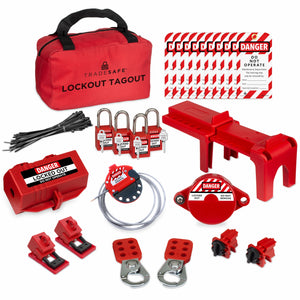
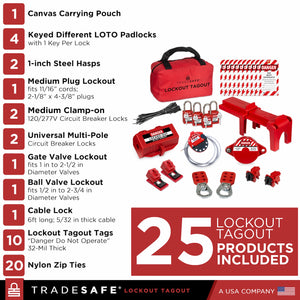
Professional Lockout Tagout Kit – 1 Key Per Lock
Regular price $84.95Regular price$193.00-56%Sale price $84.95 -
-44%
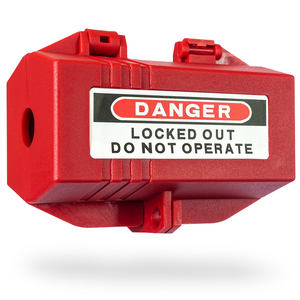
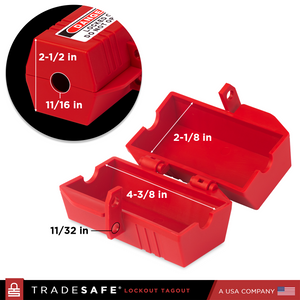
Plug Lockout Device - 110 to 125V - Medium
Regular price $13.95Regular price$24.95-44%Sale price $13.95 -
-45%

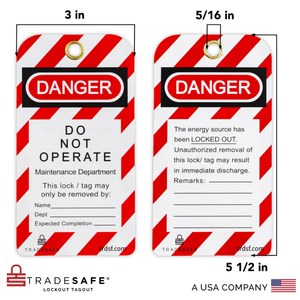
Lockout Tagout Danger Tags – Pack of 60
Regular price $65.95Regular price$120.00-45%Sale price $65.95 -
-62%
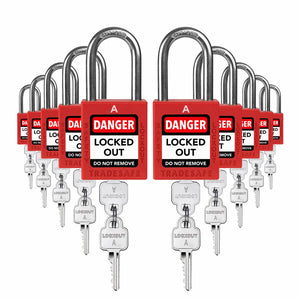
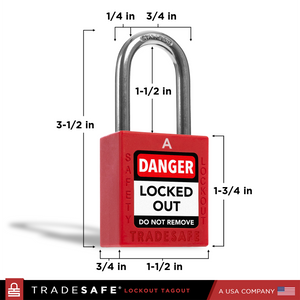
Keyed Alike Unlimited Lockout Locks - 10 Red Padlocks - 2 Keys Per Lock
Regular price $59.95Regular price$159.00-62%Sale price $59.95 -
-62%
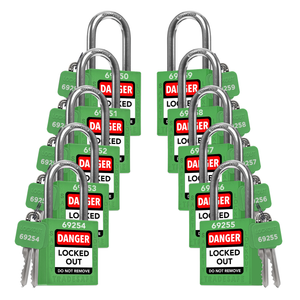
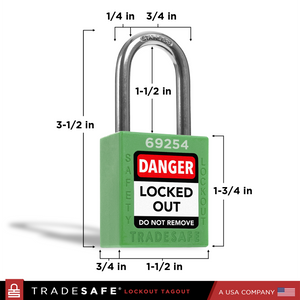
Keyed Different Lockout Locks - 10 Green Padlocks - 2 Keys Per Lock
Regular price $59.95Regular price$159.00-62%Sale price $59.95 -
-53%
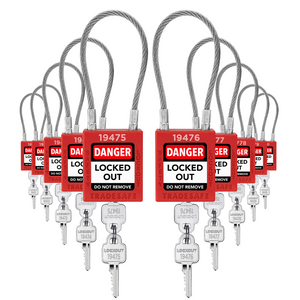
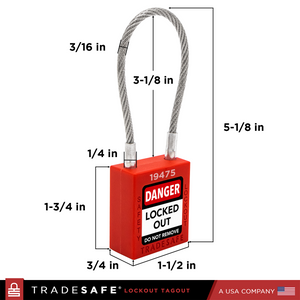
Keyed Different Cable Padlocks - 10 Red Locks - 2 Keys Per Lock
Regular price $74.95Regular price$159.00-53%Sale price $74.95 -
-53%
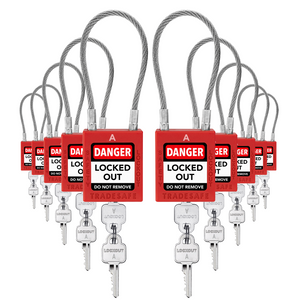
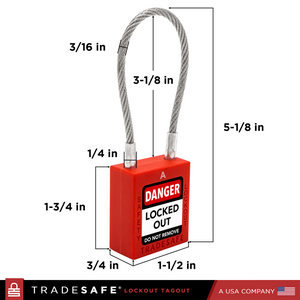
Keyed Alike Unlimited Cable Padlocks - 10 Red Locks - 2 Keys Per Lock
Regular price $74.95Regular price$159.00-53%Sale price $74.95 -
-49%
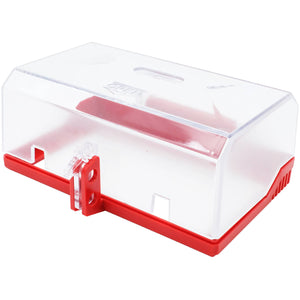
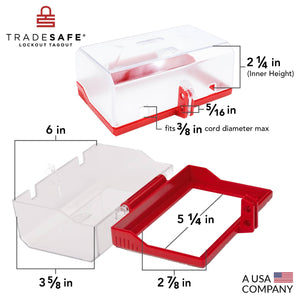
Push Button Lockout - Box Type - XL
Regular price $44.95Regular price$89.00-49%Sale price $44.95 -
-47%
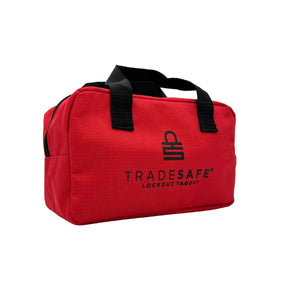
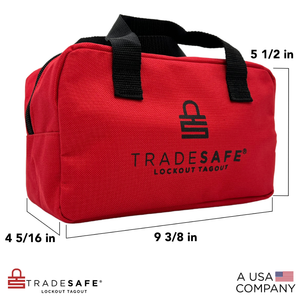
Lockout Tagout Bag, 9-3/8" x 5-1/2" x 4-5/16”
Regular price $15.99Regular price$30.00-47%Sale price $15.99 -
-61%
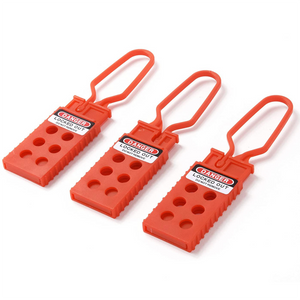
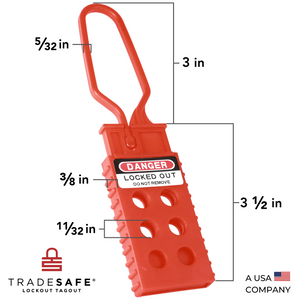
Lockout Tagout Hasp with 6 Padlock Holes – Polypropylene – 3 Pack
Regular price $14.95Regular price$38.00-61%Sale price $14.95 -
Sold out
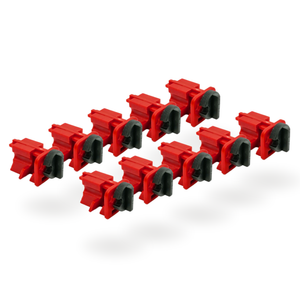
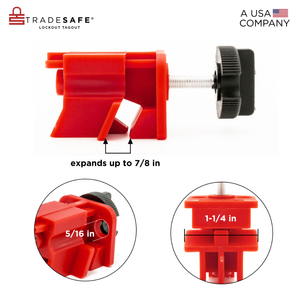
Universal Circuit Breaker Lockout Device - up to 7/8" Tie Bar – 10 Pack
Regular price $78.95Regular price$130.00-39%Sale price $78.95 -
-62%


Keyed Alike Lockout Locks - 10 Yellow Padlocks - 2 Keys Per Lock
Regular price $59.95Regular price$159.00-62%Sale price $59.95 -
-50%
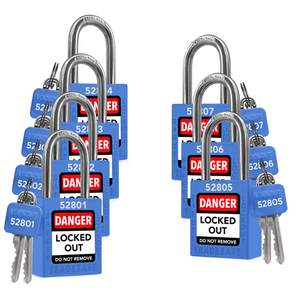
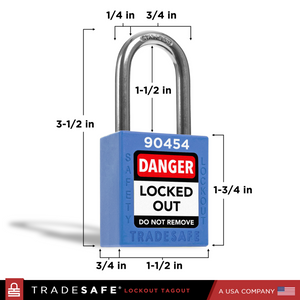
Keyed Different Lockout Locks - 7 Blue Padlocks - 2 Keys Per Lock
Regular price $45.95Regular price$91.00-50%Sale price $45.95 -
-17%
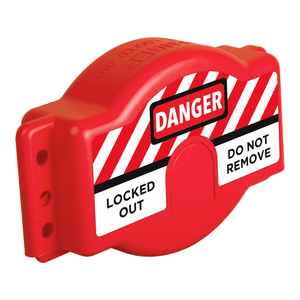
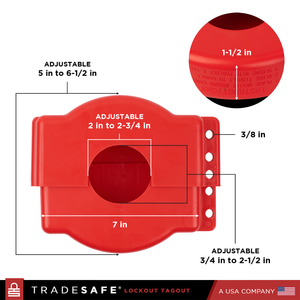
Adjustable Gate Valve Lockout - 1” to 6-1/2” Handle Diameter
Regular price $19.95Regular price$24.00-17%Sale price $19.95 -
-62%
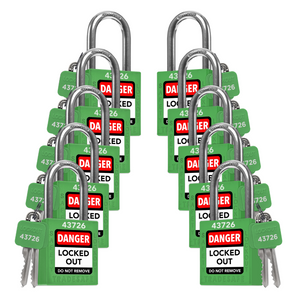
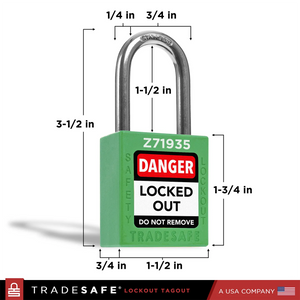
Keyed Alike Lockout Locks - 10 Green Padlocks - 2 Keys Per Lock
Regular price $59.95Regular price$159.00-62%Sale price $59.95 -
-33%
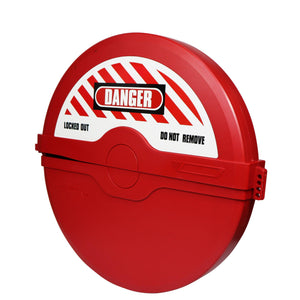
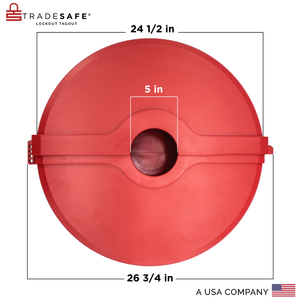
Gate Valve Lockout – 18” to 24” Valve Handle Diameter
Regular price $139.95Regular price$209.00-33%Sale price $139.95
Lockout tagout program is an important component of your safety practices for keeping your workplace safe and OSHA-compliant. It serves to protect workers from uncontrolled hazardous energy that may escape from machinery or equipment during isolation, servicing, or maintenance. As a result, it is critical that workers have access to correct lockout tagout supplies, as well as proper LOTO training, in their work areas.
At TRADESAFE, safety is never compromised but maximized. Our collection includes a wide range of lockout tagout safety information and solutions available to fit plug & sockets, valves, panels, breakers, and more. Each lockout tagout device is easy to use and made of high-quality materials that can resist the harsh and hazardous environments common in industrial facilities.
TRADESAFE only offers premium, precision-engineered LOTO supplies to help you meet OSHA 1910.147 (Control of Hazardous Energy) standards in your workplace while also instilling responsibility and accountability among your workers. Get a reliable safety partner with TRADESAFE.
































































































